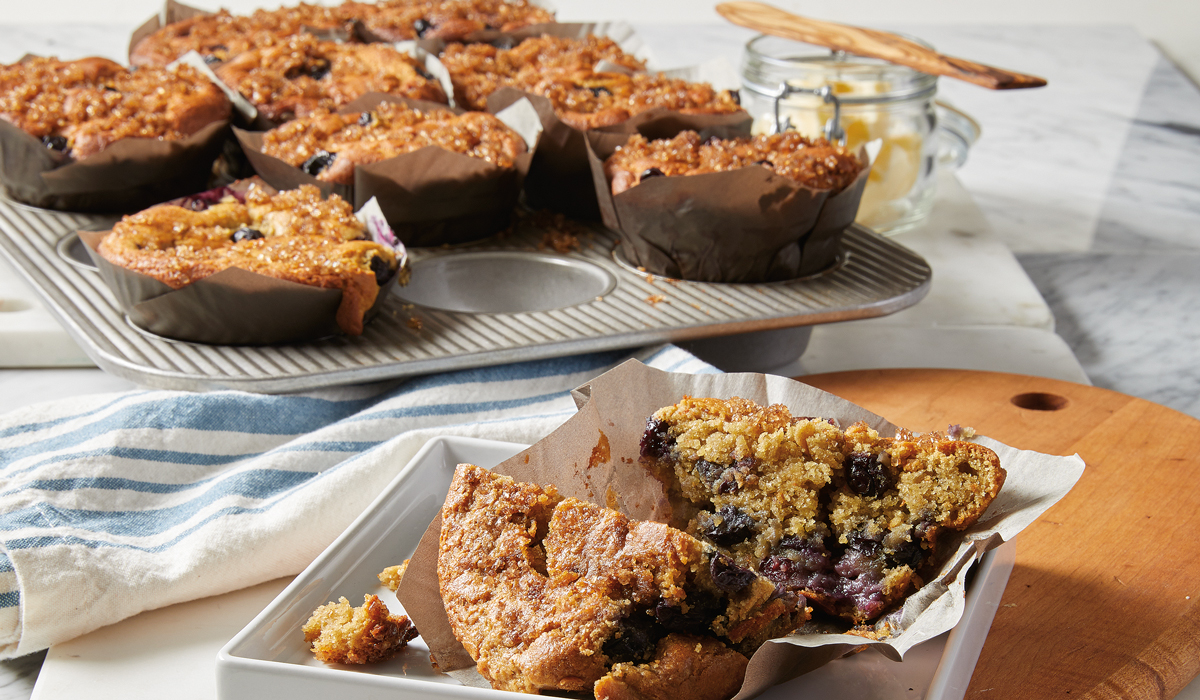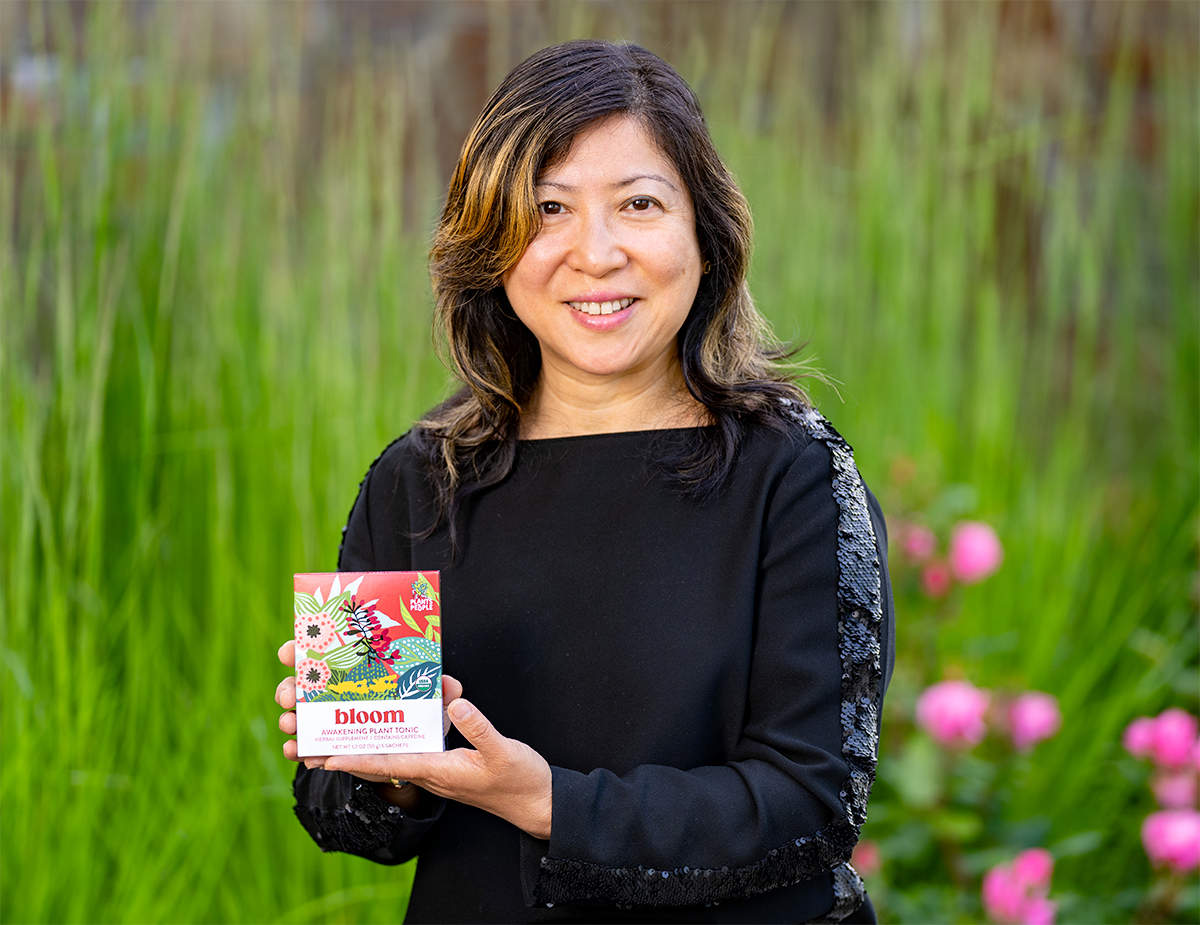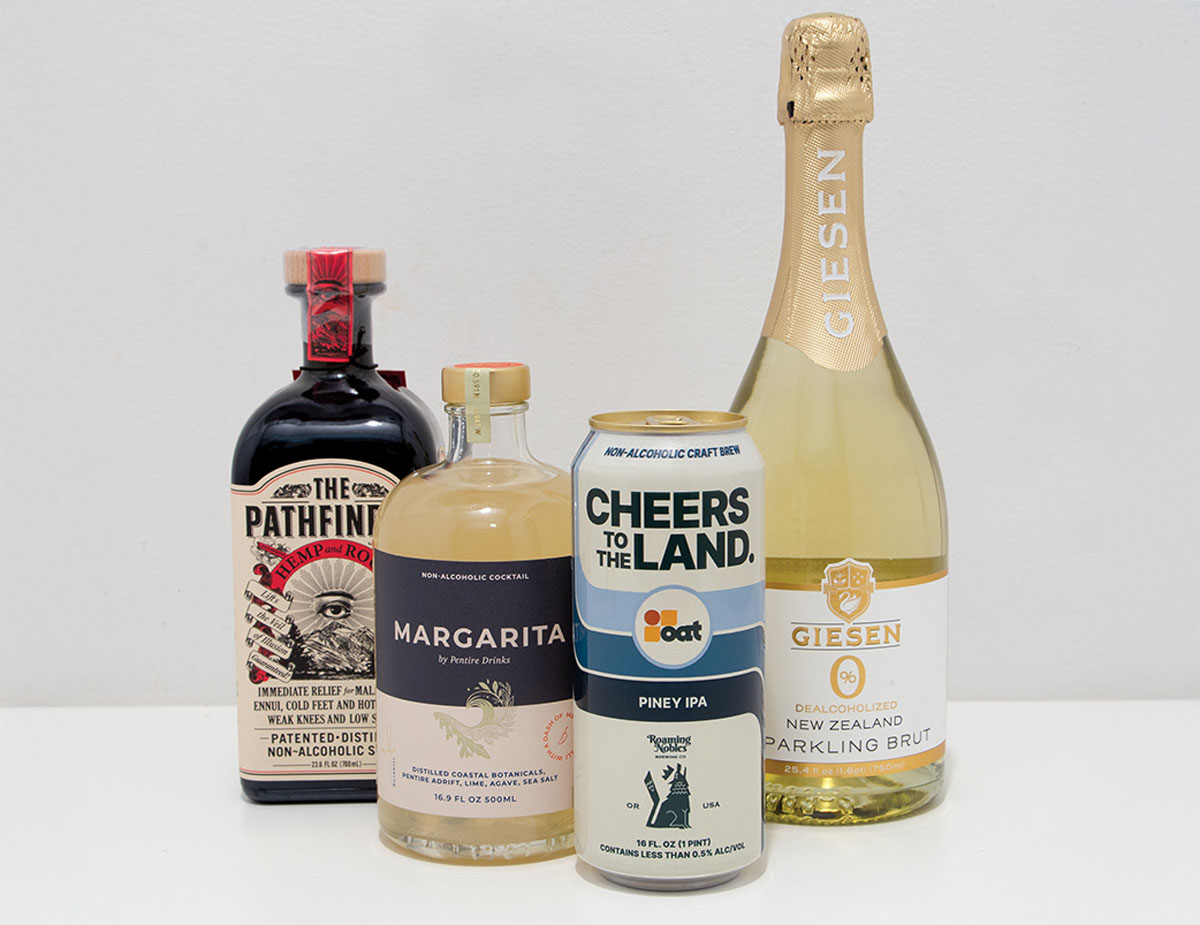
Our recipe for Blueberry and Avocado Gluten-Free Muffins
For someone living with gluten intolerance, baking can be a tricky exercise, from choosing the right flour to figuring out how to build a good structure minus that powerful binding agent called gluten. Knowing some basics for gluten-free baking, as well as some experts’ tips and tricks, can help make the baking experience more enjoyable and successful. Ready to break out your bread pans and muffin tins, tie on your apron and get mixing? Let’s get started.
Flour Power
First things first – let’s tackle the facts. Gluten intolerance, or Celiac Disease, is a hereditary, autoimmune disease that affects an estimated 1 in 100 people worldwide, according to the Celiac Disease Foundation. In addition, 2,500,000 million Americans don’t know they have the disease, which puts their long-term health at risk.
A gluten-intolerant person cannot digest gluten, the structure-building proteins found in wheat, rye and barley. Wheat-based flours are most commonly used when baking and are not an option for the gluten intolerant.
Gluten-free flour alternatives include almond, amaranth, buckwheat, coconut, corn, rice flours, oat and teff. A blend of at least three of these alternative flours will help to create good structure when baking, experts suggest. Also look for super-fine grinds to eliminate grittiness in breads and baked treats.
Bob’s Red Mill is among the locally made brands of gluten-free flours available at Market of Choice. A pre-blended gluten-free mix, such as all-purpose Josie’s Best Gluten Free Muffin and More, works well, too.
Above all else, be sure to check the ingredients list of any food labeled gluten-free, to ensure that it has not been processed in a facility that also processes wheat, rye or barley. Some products will have a “certified gluten-free” seal that indicates it has meet strict standards for gluten-free safety and certification.
Tips & Techniques
With your gluten-free flour mix in the bowl, what’s next? Although there are many tips and tricks for gluten-free baking, consider these from Beyond Celiac and America’s Test Kitchen.
- Build structure. Dry milk solids, such as nonfat milk powder, or starches, such as tapioca starch or potato starch (not potato flour), help mimic the structure of gluten.
- Moisture means moist. If a recipe doesn’t include moist ingredients, like yogurt or pureed fruit, use brown sugar, honey or agave instead of white sugar to add moisture to the recipe. An extra egg or oil also can help, but consider the amount carefully.
- Measure for measure. Finer gluten-free flours and starches can be a bit tricky to measure in traditional measuring cups, so consider using a scale for accuracy.
- Mix a little longer. Some schools of thought differ on this tip; it’s a tricky balance between undermixing and overmixing.
- Let the batter rest. Before baking, allowing the batter to rest for about a half hour so that ingredients can soften and absorb moisture. This not only helps to thicken the batter, but also avoids a gritty texture.
- Add a few minutes to the timer. Don’t be afraid to bake longer, even if the toothpick test comes out clean. Driving out extra moisture avoids a gummy or mushy “undercooked” texture.
If at first you don’t succeed at gluten-free baking, try again, says the old adage. Experiment with a variety of gluten-free baking ingredients found in our grocery aisles, or check out our Home & Gift Department cookbooks on gluten-free baking, including “Gluten-Free Baking at Home,” by Jeffrey Larsen. Ask a Market of Choice team member to help you find all the ingredients you need to bake happily, gluten-free.
Give These Gluten-Free Recipes a Try
Market of Choice Gluten-Free Recipes
Josie’s Best Gluten-Free Recipes
Bob’s Red Mill Gluten-Free Recipes
Sources and suggested links:
Celiac Disease Foundation
Beyond Celiac
America’s Test Kitchen
Gluten Free Living
National Public Radio
Explore More Topics
Related Posts
- Little Helpers in the Kitchen: Kid-Friendly Cooking for Thanksgiving
Thanksgiving is all about family, food, and creating memories, and that includes memories made in the kitchen. Inviting kids to help with the holiday meal accomplishes at least one of two goals: one, teaching kids to cook, and two, helping kids explore new foods. Plus, with a little planning, their “help” can actually make your prep easier.
- Why Localvores Love Market of Choice
We all know food tastes best when it’s fresh. There’s nothing like the bite of an apple plucked from the tree or the crunch of a carrot shortly after it’s pulled from the loamy earth. Fruits and vegetables harvested at the peak of ripeness not only taste great, but they’re full of nutrients.
- Kickstart the Year with an Alcohol-Free January
Join the alcohol-free January movement with a wide range of zero-proof drink options at Market of Choice.



